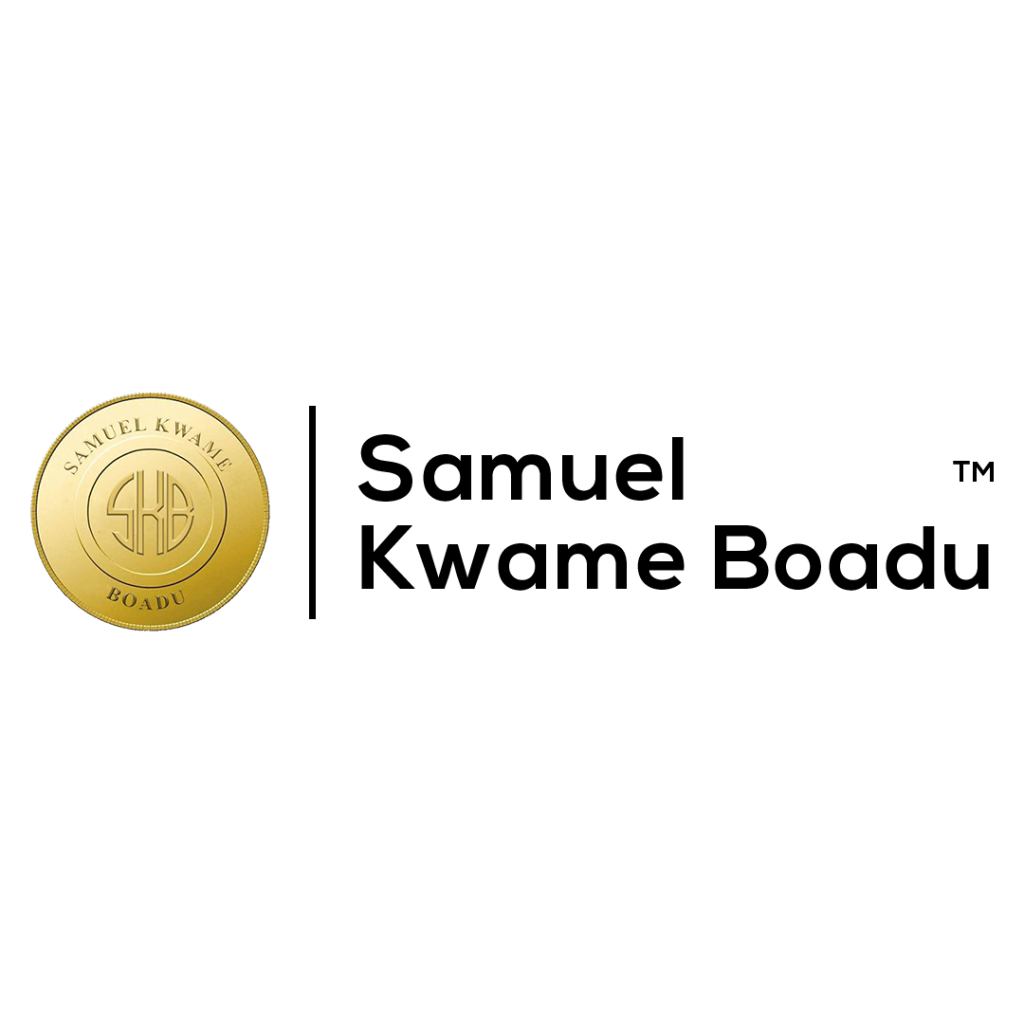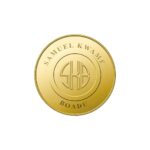For most of us, job interviews are pretty stressful. Even if you’re well prepared, your mind can go blank at the worst possible moment, leaving you staring mindlessly at the interviewer’s tie. If only there was a simple way to structure your answers to help you deliver a full and detailed response every single time.
Introducing the STAR interview technique
Job interviews range from the free-flowing to the formal, but regardless of the interview type, it’s the competency-based questions that tend to give interviewees sleepless nights.
Competency based-questions typically start with phrases such as, “Tell me about a time when…” and “Give me an example of…”. In the heat of the interview, these questions can be tough to answer and leave you racking your brain for an example that demonstrates the necessary skill or behaviour.
The STAR technique helps you answer competency-based questions in a clear, structured way and makes sure you include all the key details. The STAR acronym stands for:
- Situation – Set the scene and provide some context – What? Where? When?
- Task – Explain the challenge you faced or the goal you were working towards.
- Action – What steps did you take to achieve the goal?
- Result – What was the positive outcome of your actions?
In this guide, we at SKB News Magazine show you how to apply the STAR technique to give answers to competency-based interview questions that are free from rambling, uncomfortable pauses and irrelevant details.
Prepare
To use the STAR technique effectively, you must create a bank of answers, in the correct format, that draw on your professional history and preempt the competency-based questions you think you may be asked. Scrutinising the job description will give you a better idea of the skills, behaviours and competencies the interviewer will target.
This is not something you should do on the day of the job interview. It will take a couple of days to prepare answers that you can recall without hesitation. However, if you are struggling to come up with a suitable example during the interview, don’t be afraid to ask to have a moment to think. It’s better to take a few seconds to provide a good answer than to use an example that doesn’t really fit.
Situation
Describe the scenario you found yourself in. This should be a specific event or situation from a previous job, volunteering position or relevant event rather than a generalised description of a time in the past. Provide enough detail for the interviewer to understand but keep it concise and focus on what’s relevant to your story. One or two sentences will suffice.
STAR technique example: “In my previous role as a business development officer, my company set the target of increasing leads by 50% in six months.”
Task
This is where you explain what your responsibilities in this scenario were and the challenges you had to overcome or the goals you were asked to achieve. This should not include details of what you actually did, which will come in the next part of your answer.
STAR technique example: “I was tasked with increasing the company’s outreach through email to generate leads from 30 companies operating in the tech sector.”
Read Also : Interpersonal Skills – What Does it Mean?
Action
What steps did you take to achieve the goals outlined in the task? Your answer should focus on what you did personally and not the actions of a team or a group. It’s important to focus on specifics, such as who you worked with, what software you used or how you implemented a strategy. These are all details your interviewer will want to know.
STAR technique example: “I worked directly with the marketing team to create an email that I could send to cold leads in the tech sector. I used LinkedIn to find the details of the most appropriate people to contact within each organisation and went through our old email list to start new conversations with old contacts.”
Result
Modesty is usually the best policy, but not in a job interview. This is your chance to dazzle the interviewer with the positive outcomes of your actions. Make it clear how your actions had an effect and use numbers whenever possible to quantify that impact and explain why it mattered.
STAR technique example: “I sent the email to 200 new organisations in the tech sector, which led to 60 conversations. That produced 40 new leads, which exceeded the company’s goal by 25%.”
Practice makes perfect
The STAR interview process might be a little overwhelming at first, which is why it’s so important to give yourself plenty of time to prepare. However, with practice, answering competency-based questions in this format will become second nature and make you feel so much more comfortable when the pressure of the interview is on.
Click to join t.me/iamsamboad1 to join our Telegram Channel where we post JOBS




